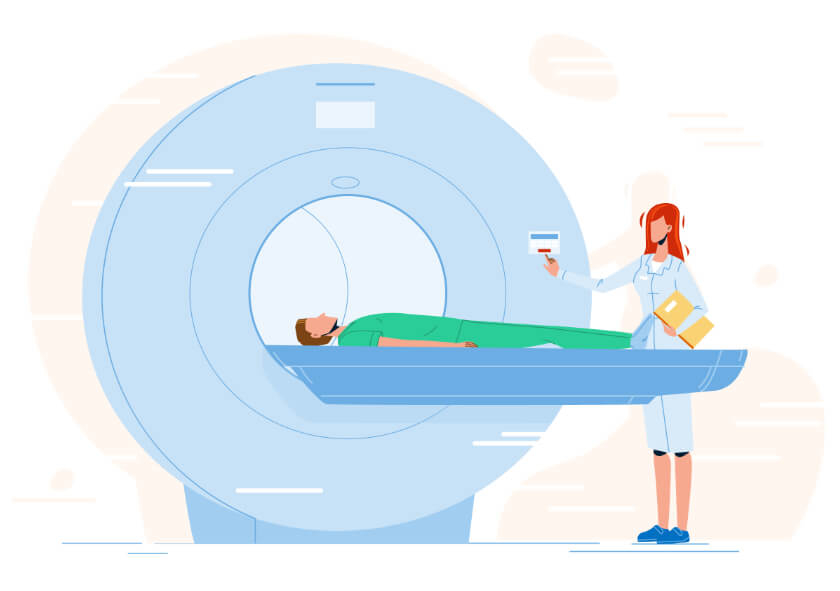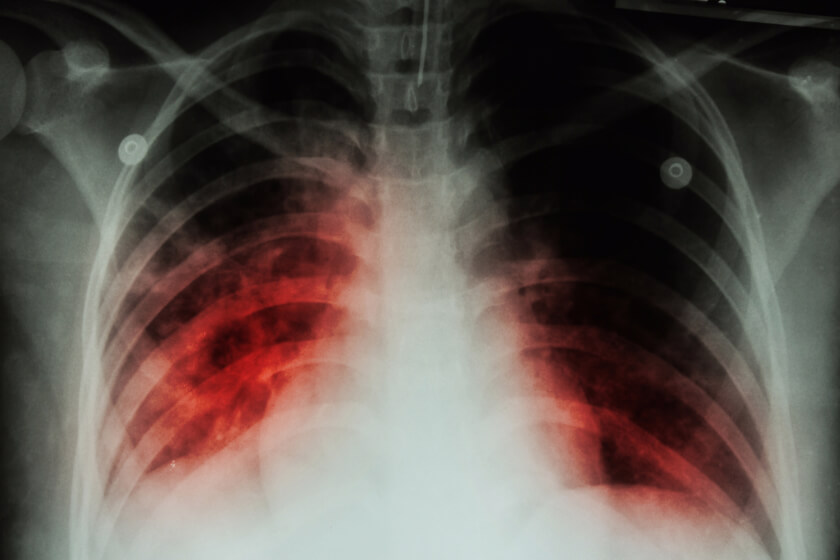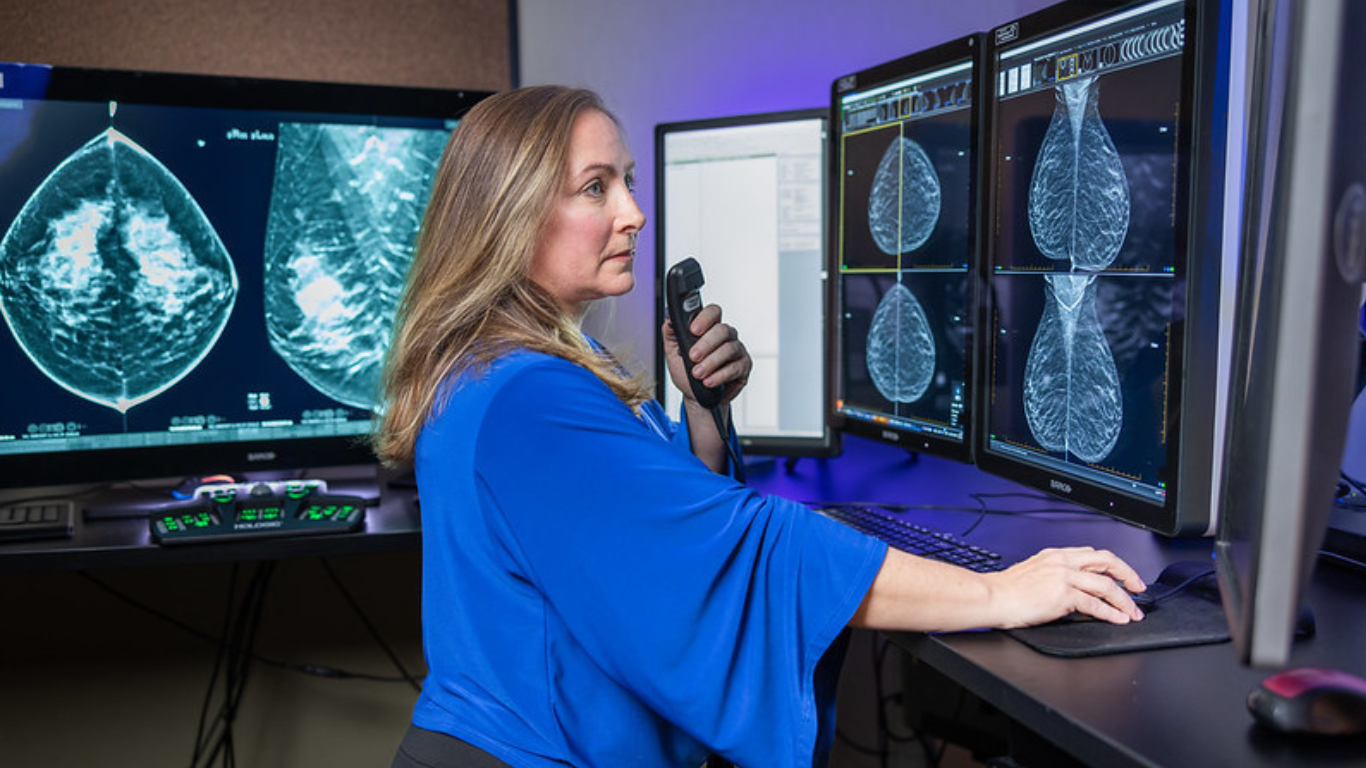
What You Need to Know about MRI Safety

Your doctor ordered an MRI study to help diagnose a health problem, but you might worry if MRI is safe.
You might be relieved to know that the US Food and Drug Administration (FDA) says that MRIs are very safe – doctors perform millions of MRIs every year, and the FDA receives only about 300 reports of adverse events associated with the test.
Here is what else you need to know about MRI safety.
About MRIs and MRI Safety
Magnetic resonance imaging (MRI) is a radiology technique that creates pictures of the internal organs, tissues, and physiological processes occurring inside a patient’s body. MRIs can provide an exceptional level of detail, which is why it is often the preferred imaging method for the diagnosis of a number of conditions and injuries.
MRI is different from x-rays and computed tomography (CT) because it uses strong magnets and radio waves to produce the images, rather than using ionizing radiation (x-rays). Because it does not use ionizing radiation, MRI is safer than x-rays and CT. However, the powerful magnets that MRIs use to create images may pose a safety hazard to patients and anyone else in the room. An MRI scanner is essentially a giant magnet surrounded by a powerful magnetic field.
The powerful magnetic field of the MRI will pull on any object that is ferromagnetic, which means the object is susceptible to magnetism. Many implants contain ferromagnetic materials, which mean they have a strong attraction to the magnets used in MR.
Scientists use the term “Tesla” to describe the power of a magnetic field, where 1-Tesla is weaker than 2-Tesla, and so on. The magnets in MRIs can range from 0.5-Tesla to 3-Tesla. To put the power of MRI magnets into perspective, junkyards use 2-Tesla magnets to lift cars.
The strong magnetic field produced by the MRI can pull smaller metal items deep into its bore at speeds up to 60 mph. This means small items, such as pens, keys, glasses, hairpins, oxygen tanks, wheelchairs, and credit cards, can become dangerous projectiles in an instant.
The magnetic field could also cause any metallic fragment in your body, such as a bullet or implanted medical device, to change position and potentially cause an injury. The magnetic field of the MRI could move a ferromagnetic aneurysm clip out of position, for example, which could cause a problem. The magnetic field could also damage an external hearing aid, cause malfunction of heart pacemaker or other electrically active medical devices. Furthermore, the radio-frequency energy and magnetic fields used in the MRI procedure may heat up certain medical implants and surrounding tissue, which could lead to burns.
A metallic fragment or implant could also cause the MRI to lose its signal or alter the MRI images to make them difficult for the radiologist to read.
MRI Safety
Your protection is the primary concern of healthcare professional, so your radiology team will follow strict guidelines to keep you safe. They will start out by reviewing your medical and surgical history thoroughly and asking a number of screening questions to determine if you have any implants or conditions that might affect your MRI or cause a safety problem.
Radiologists may be able take special steps to ensure your safety if you have medical implants or certain other medical devices. They cannot work around some implants, however, and may recommend another type of imaging if you have certain medical implants.
Next, the radiology team will ask you to remove all metallic jewelry and metallic objects from your pockets and your hair. They may ask you to remove any hearing aids or external medication pumps. Anyone who will be in the room with you during your MRI must also follow these instructions.
Your radiology team will also provide you with earplugs. MRI machines can be rather loud, so your radiology team will ask you to wear earplugs that protect your hearing.
The magnet remains active, even when the MRI is not in use, so it is important to follow safety procedures whenever you are in the room with an MRI – even when your test is complete.
Because it does not use ionizing radiation, MRI is a very safe test, but the powerful magnets used in MRI can pose a safety hazard.
Performed by trained experts who follow safety guidelines, MRI is an extremely safe procedure. These radiology experts understand and harness the sheer force of the MRI magnets to help patients and staff members avoid danger. Following proper MRI screening protocol is essential for maximum safety and the best MRI images possible. For more information about MRI safety, speak with your doctor or radiologist.





